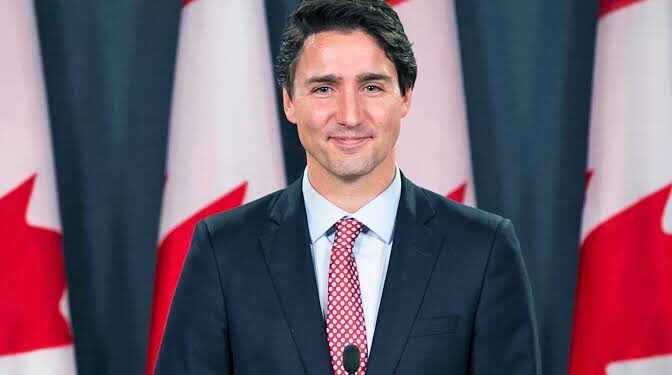Mark Carney, the former central banker who led the Bank of Canada and the Bank of England, will be sworn in as Canada’s 24th prime minister on Friday morning.
The ceremony, presided over by Governor General Mary Simon, marks the end of Justin Trudeau’s more than nine years in power and ushers in a new era for Canadian politics.
Carney, who was elected leader of the Liberal Party of Canada on Sunday, will take office at a critical time for the country. Canada is currently navigating a trade war with the United States under President Donald Trump and preparing for an upcoming general election.

According to a Bloomberg report, Carney’s new cabinet is expected to be significantly smaller than Trudeau’s, with between 15 and 20 ministers compared to the current 37.
Carney’s Background and Leadership Style
Carney’s extensive experience as a central banker has positioned him as a steady hand to lead Canada through its current economic and political turbulence. His tenure at the Bank of Canada and the Bank of England earned him a reputation for pragmatic decision-making and a deep understanding of global financial systems.
As prime minister, Carney is expected to prioritize economic stability, strengthen Canada’s trade relationships, and address domestic issues such as climate change and social inequality. His leadership style, characterized by data-driven policies and a focus on long-term planning, has garnered support from both within and outside the Liberal Party.
Challenges Ahead for Carney’s Administration
Carney’s administration faces several immediate challenges, including the ongoing trade dispute with the United States, which has strained Canada’s economy and its relationship with its largest trading partner.
Additionally, the upcoming general election will test Carney’s ability to unite the Liberal Party and appeal to a broad spectrum of voters.
Domestically, Carney will need to address issues such as rising inflation, housing affordability, and the transition to a green economy. His ability to navigate these challenges will be critical to his success as prime minister.
Canada’s Transition from Trudeau to Carney
Justin Trudeau’s tenure as prime minister was marked by significant achievements, including the legalization of cannabis, the introduction of carbon pricing, and efforts to promote diversity and inclusion. However, his government also faced criticism over its handling of economic issues and allegations of ethical lapses.
Carney’s swearing-in represents a fresh start for Canada, with a focus on restoring public trust and addressing the country’s most pressing issues. His leadership is expected to bring a more technocratic approach to governance, emphasizing evidence-based policies and collaboration with international partners.
What’s Next for Canada Under Carney?
As Carney finishes up last minute preparations to take office, Canadians are watching closely to see how he will tackle the country’s challenges and deliver on his promises. His administration’s priorities are likely to include resolving the trade dispute with the United States, strengthening Canada’s economy and addressing inflation , advancing climate action and sustainable development, and preparing for the upcoming general election.















